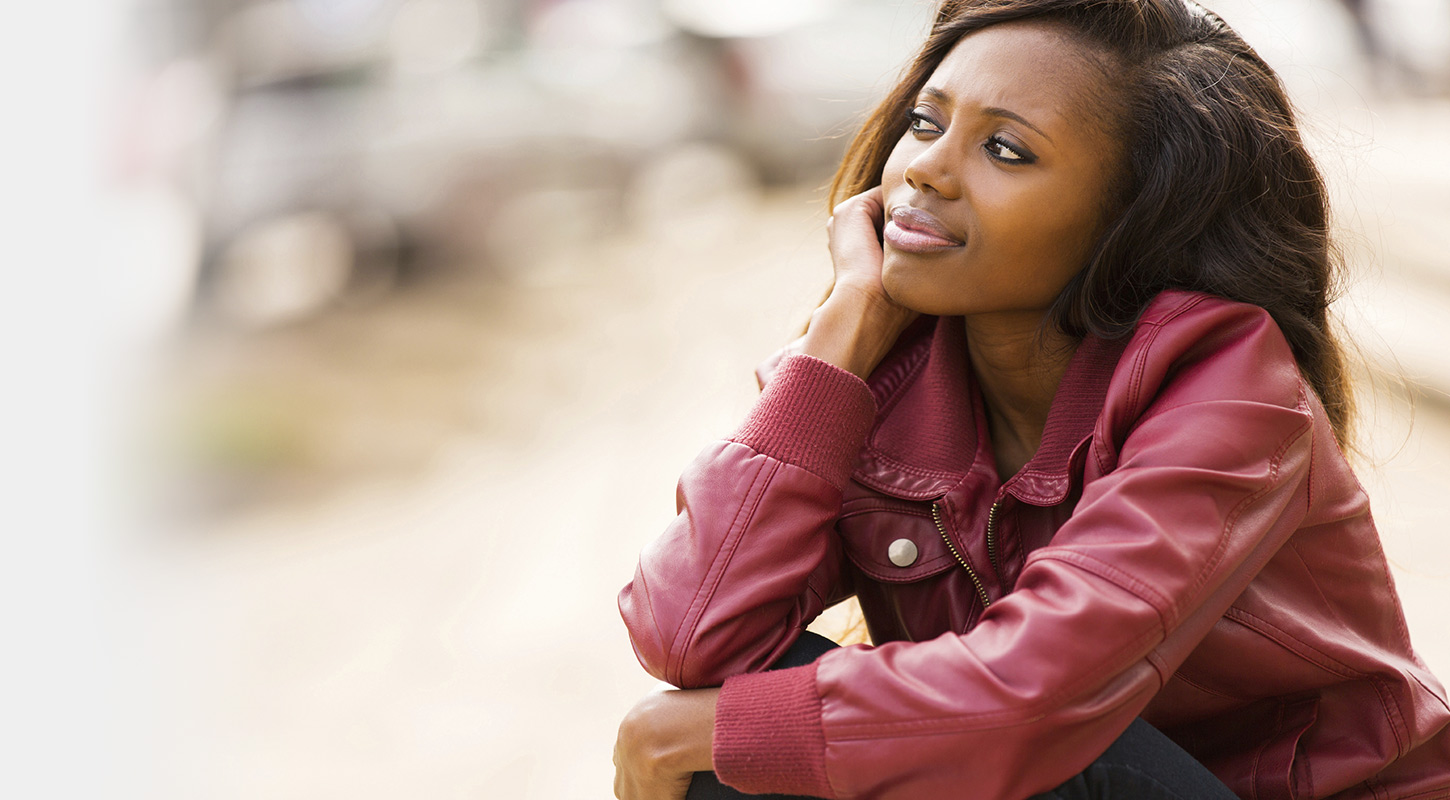Symptoms of Endometriosis and Tips for Prevention
Mar 20 • 2015

Almost five million American women suffer from endometriosis, a condition that occurs when the lining of the womb grows outside of the uterus. Especially common among women in their 30s and 40s, endometriosis can cause women difficulty in getting pregnant.
Some of the most prevalent symptoms of endometriosis are:
- Pain: severe menstrual cramps, chronic pain in the lower back and pelvis, pain during or after sex, intestinal pain, painful bowel movements, or pain when urinating during menstrual periods
- Bleeding or spotting between periods
- Infertility
- Stomach problems: diarrhea, constipation, bloating, nausea
While there is no way to prevent endometriosis, you can reduce your risk of developing it. Estrogen thickens the lining of the uterus during the menstrual cycle, which can increase your chances of getting endometriosis.
To maintain lower levels of estrogen:
- Exercise regularly. This will also help you keep your body fat low, which can help decrease estrogen
levels. - Avoid large amounts of caffeine or alcohol. More than one caffeinated drink a day, especially green tea or soda, and more than one alcoholic drink per day can increase the amount of estrogen in your body.
- Speak with your doctor about hormonal birth control. Pills, patches, and rings have lower doses of estrogen.
If you think you may be suffering from endometriosis, speak with your doctor to set up a screening and get more information.
If you need a physician, visit our Find a Doctor page.
